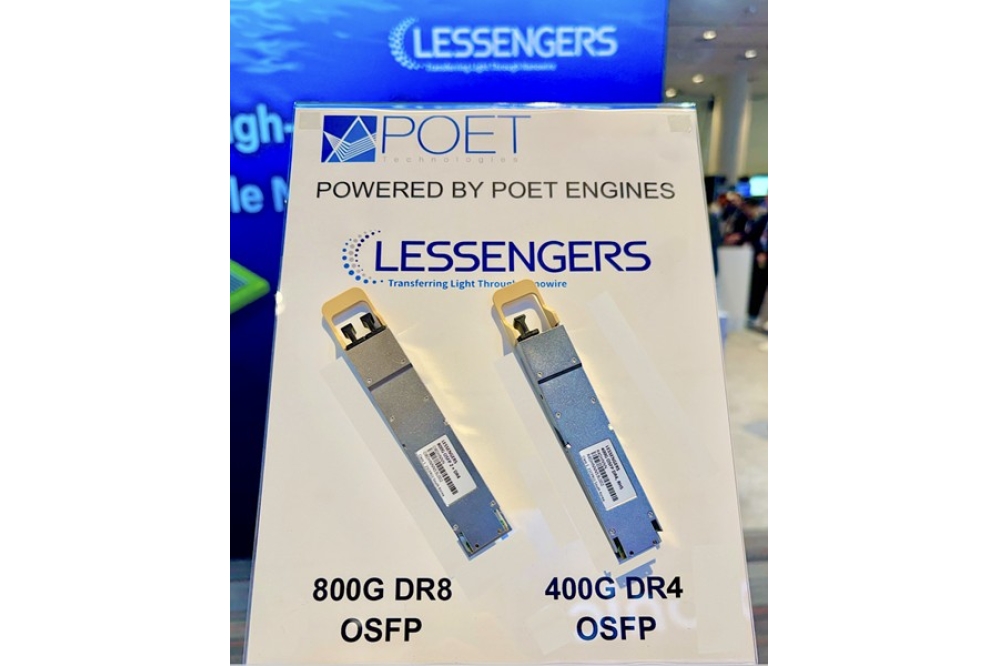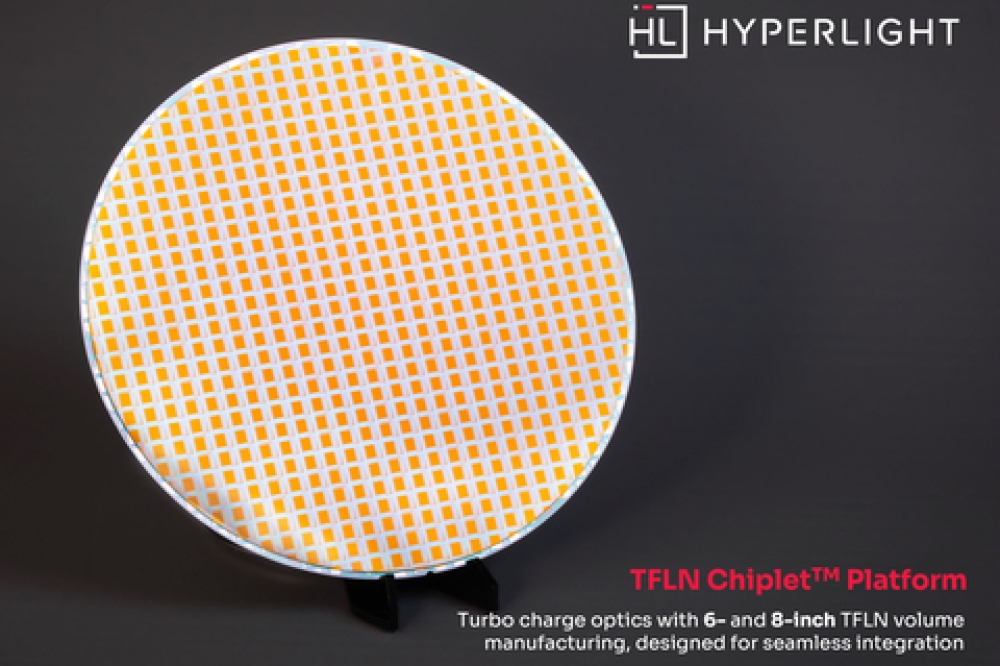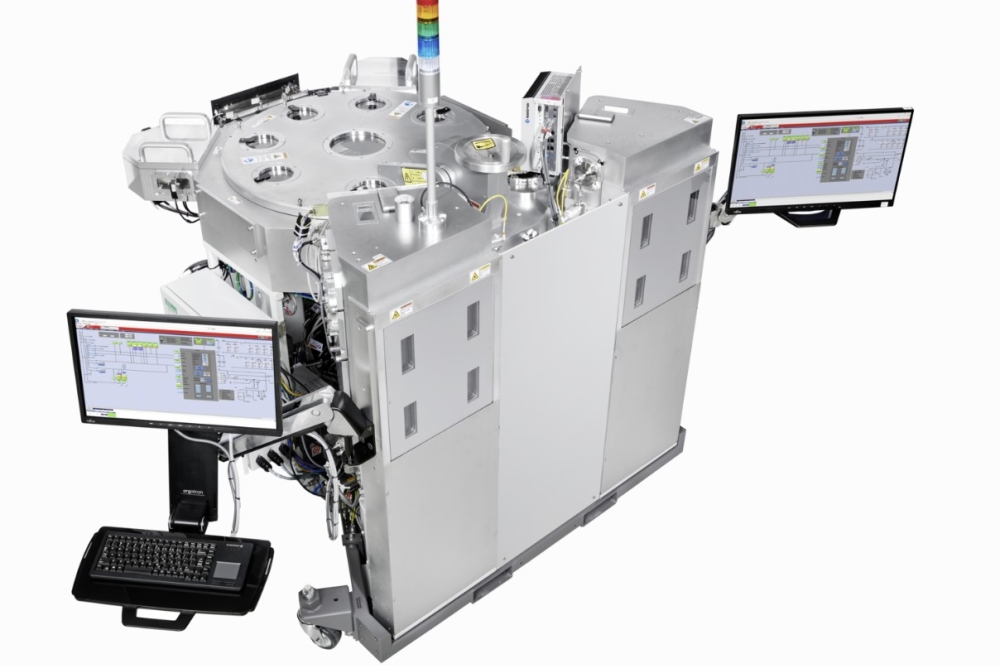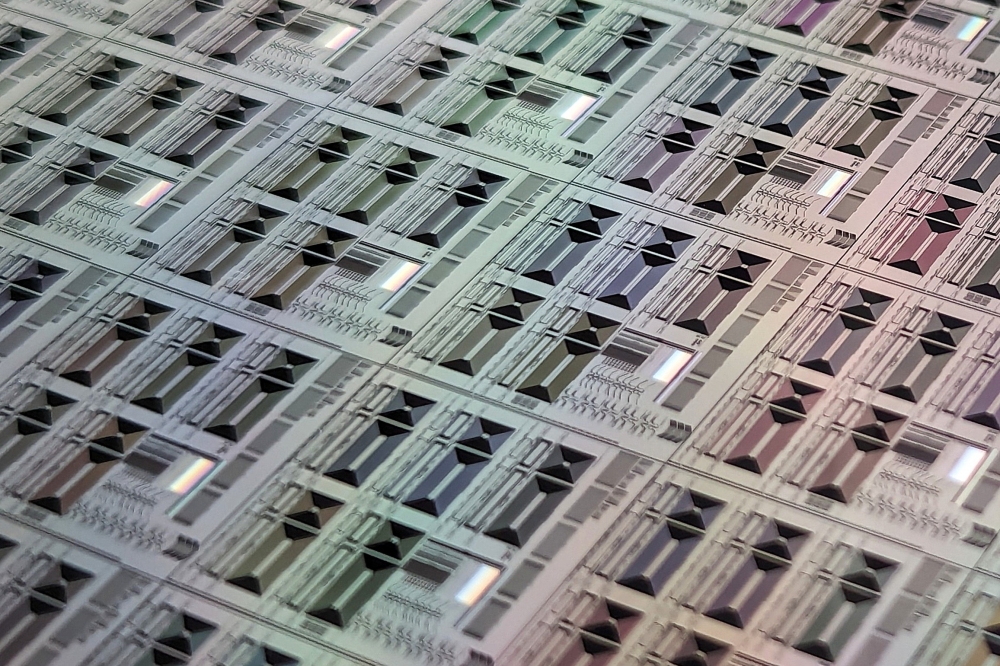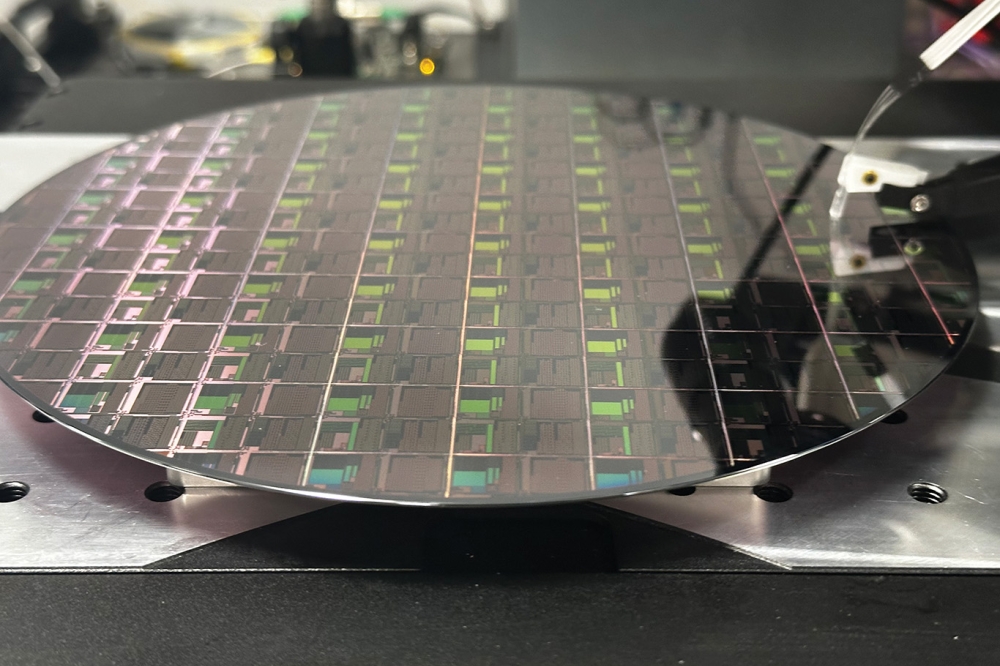Aloe shows 160Gbaud PAM4 from silicon photonic modulator and 850G per fibre pair

The company says its demonstrations show that silicon modulators can reach new bit rates per lane without exotic materials, and that using dual polarisation and bi-directional technology can overcome capacity limitations for short-reach fibre links
Aloe Semiconductor has showcased 160 Gbaud PAM4 (320G) from a silicon photonic modulator. The company says its innovative design allows silicon photonics to reach the next jump in bit rate per lane without having to add non-CMOS materials, such as lithium niobate, polymer, gold, or III-V elements.
In optical input/output (OIO) and co-packaged optics (CPO), advanced silicon packaging plays a large role, and continuing to use pure silicon for the photonics, instead of adding new materials, can shorten the time to market. Aloe says its new design will be especially important for these applications, allowing for high speeds at low cost.
“We show that with innovative design, silicon photonic modulators can move well beyond 106 Gbaud, allowing the next generation to continue taking advantage of silicon’s integration capability, advanced packaging compatibility, and fast time to market,” said Christopher Doerr, CEO of Aloe Semiconductor.
The enabling technology is a novel silicon photonics Mach-Zehnder modulator design that Aloe says increases bandwidth without trade-offs in loss or required voltage drive. It requires only conventional silicon processing, saving power and cost. In the company’s demonstration, the modulator is driven by a high-bandwidth open-collector driver from MACOM. The driver and modulator are flip-chipped side-by-side on a high-density substrate. The electrical input signal is generated by a Keysight AWG 8199B and the optical signal is received by a Keysight 1032A.
Additionally, Aloe Semiconductor has also unveiled an 850G per fibre pair demonstration, describing it as the first ever practical combination of dual polarisation with bi-directional technology (DP-BiDi-PAM4) to achieve a factor of four increase in fibre capacity for short links.
Optical escape and cabling density are becoming significant limitations in scale out and eventually scale up. DP and BiDi technology each increase optical escape and cabling density by a factor of two, for a total factor of four when used together, and the technologies also benefit optical circuit switching (OCS), which can significantly reduce cost and power.
“We are committed to making DP-PAM4 practical, and we are excited to show our progress,” said Doerr. “We also show how polarisation multiplexing is an orthogonal dimension and can be combined with other density-improvement technologies, such as BiDi. In the future, adding 200 Gbaud technology, 1.6T per fibre pair using DP-BiDi PAM4 will be conceivable.”
The BiDi uses 1271 nm to transmit in one direction and 1311 nm in the other. The Aloe single-chip silicon PIC contains both the transmitter and receiver. The PICs are flip-chipped together with the Broadcom Sian 2 digital-signal processor DSP and put in an Eoptolink module. The modulators are driven with the internal drivers of Sian. A transimpedance amplifier IC is used to amplify the high-speed photo-detected signals.
“We believe DP-PAM4 is an innovative technology to further increase short reach fibre capacity without the need for new silicon to support 1.6T,” said Dirk Lutz, engineer at Eoptolink. “We are excited to collaborate with Aloe in this new exciting technology.”
With these demonstrations, Aloe says it continues to pave the way to higher speeds, using silicon photonics technology to create radically new, application-specific solutions for optical communications, and opening up a path to 1.6T speeds on short-reach fibre links.










